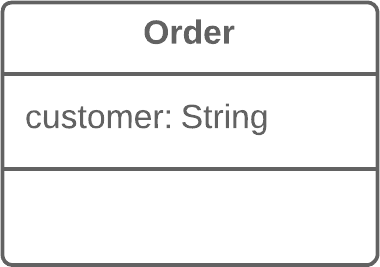Replace Data Value with Object
Problem
A class (or group of classes) contains a data field. The field has its own behavior and associated data.
Solution
Create a new class, place the old field and its behavior in the class, and store the object of the class in the original class.


Why Refactor
This refactoring is basically a special case of Extract Class. What makes it different is the cause of the refactoring.
In Extract Class, we have a single class that's responsible for different things and we want to split up its responsibilities.
With replacement of a data value with an object, we have a primitive field (number, string, etc.) that's no longer so simple due to growth of the program and now has associated data and behaviors. On the one hand, there's nothing scary about these fields in and of themselves. However, this fields-and-behaviors family can be present in several classes simultaneously, creating duplicate code.
Therefore, for all this we create a new class and move both the field and the related data and behaviors to it.
Benefits
- Improves relatedness inside classes. Data and the relevant behaviors are inside a single class.
How to Refactor
Before you begin with refactoring, see if there are direct references to the field from within the class. If so, use Self Encapsulate Field in order to hide it in the original class.
-
Create a new class and copy your field and relevant getter to it. In addition, create a constructor that accepts the simple value of the field. This class won't have a setter since each new field value that's sent to the original class will create a new value object.
-
In the original class, change the field type to the new class.
-
In the getter in the original class, invoke the getter of the associated object.
-
In the setter, create a new value object. You may need to also create a new object in the constructor if initial values had been set there for the field previously.
Next Steps
After applying this refactoring technique, it's wise to apply Change Value to Reference on the field that contains the object. This allows storing a reference to a single object that corresponds to a value instead of storing dozens of objects for one and the same value.
Most often this approach is needed when you want to have one object be responsible for one real-world object (such as users, orders, documents and so forth). At the same time, this approach won't be useful for objects such as dates, money, ranges, etc.
 冬季促销!
冬季促销!
